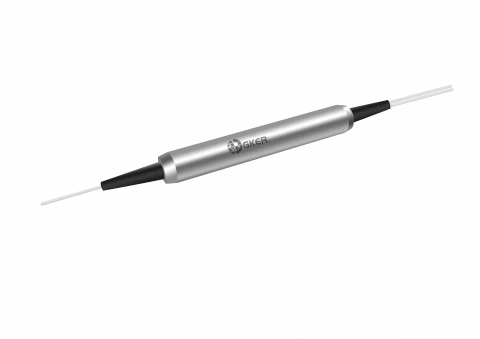Description
The GKER Photonics Polarization Beam Combiner/Splitter (GK-PBC/PBS Series) is a high-performance lightwave component engineered to combine two orthogonal polarization signals into a single output fiber. This compact device is pivotal in advanced optical systems, particularly in applications where doubling the pump power in EDFA (Erbium-Doped Fiber Amplifier) or Raman Amplifiers is essential. It can also function as a beam splitter, making it highly versatile for various optical network setups.
Designed with precision, the Polarization Beam Combiner/Splitter ensures low insertion loss and high extinction ratio, making it ideal for critical applications requiring minimal signal degradation and high polarization purity. The device is built to withstand demanding operational environments, with a robust design that includes a high directivity and return loss, ensuring optimal performance in both standard and harsh conditions.
The Polarization Beam Combiner/Splitter is compatible with PM Panda Fiber for Ports 1 & 2 and offers flexibility for Port 3 with options like SMF-28 or PM Panda Fiber. Its high power handling capability and excellent temperature range make it suitable for a wide array of optical communication systems. This device is a reliable and efficient solution for enhancing the performance of optical networks.
1310nm Polarization Beam Combiner/Splitter
Specifications
| Splitting Ratio: | Other |
|---|---|
| Central Wavelength: | 1064 nm |
| Power Handling: | Not Specified |
| Return Loss: | 50 dB |
| Operating Center Wavelength: | 1064 1310 nm |
| Operating Wavelength Range: | ±50 nm |
| Max. Insertion Loss: | 0.6 dB |
| Min. Extinction Ratio (for Splitter Only): | 20 dB |
| Min. Return Loss: | 50 dB |
| Directivity: | 50 dB |
| Max. Optical Power (Continuous Wave): | 300 mW |
| Fiber Type: | PM Panda Fiber for Ports 1 & 2, SMF-28 or PM Panda Fiber for Port3 - |
| Max. Tensile Load: | 5 N |
| Operating Temperature: | - 5 to + 70 ℃ |
| Storage Temperature: | - 40 to + 85 ℃ |
Features
- High Isolation: Ensures minimal signal leakage with directivity of 50 dB
- Low Insertion Loss: Delivers efficient signal transmission with a maximum insertion loss of 0.6 dB
- High Extinction Ratio: Maintains polarization purity with a minimum extinction ratio of 20 dB for splitter mode
- Wide Operating Wavelength Range: Operates within a wavelength range of ±50 nm centered at 1064 or 1310 nm
- High Power Handling: Supports up to 300 mW of continuous wave optical power
- Versatile Fiber Compatibility: Compatible with PM Panda Fiber for Ports 1 & 2, and SMF-28 or PM Panda Fiber for Port 3
Applications
- EDFA and Raman Amplifiers: Combines pump laser outputs to enhance amplifier power
- Optical Communication Systems: Supports high-performance optical network configurations
- Fiber Optic Sensing: Suitable for precision optical sensing applications
Frequently Asked Questions
What is the primary function of the Polarization Beam Combiner/Splitter?
Can this device be used as a beam splitter?
What is the maximum insertion loss for this device?
What is the operating wavelength range of the device?
What fiber types are compatible with the device?
How much optical power can the device handle?
What is the minimum extinction ratio for the splitter mode?
What are the operating temperature limits of the device?
Is the device designed for use in harsh environments?
What is the maximum tensile load the device can withstand?
Similar Products
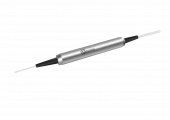
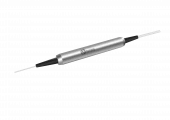
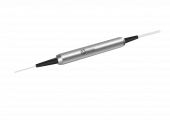
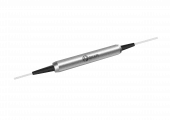
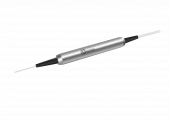
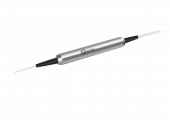
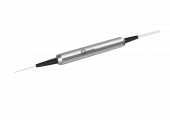
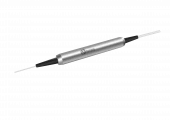

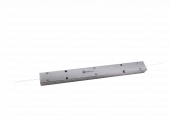
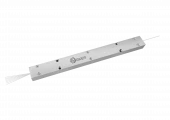
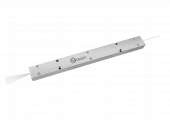
Your inquiry has been received.
Create an account by adding a password
Why create an account?
- Auto-complete inquiry forms
- View and manage all your past messages
- Save products to your favorites
- Close your account anytime — no hassle
